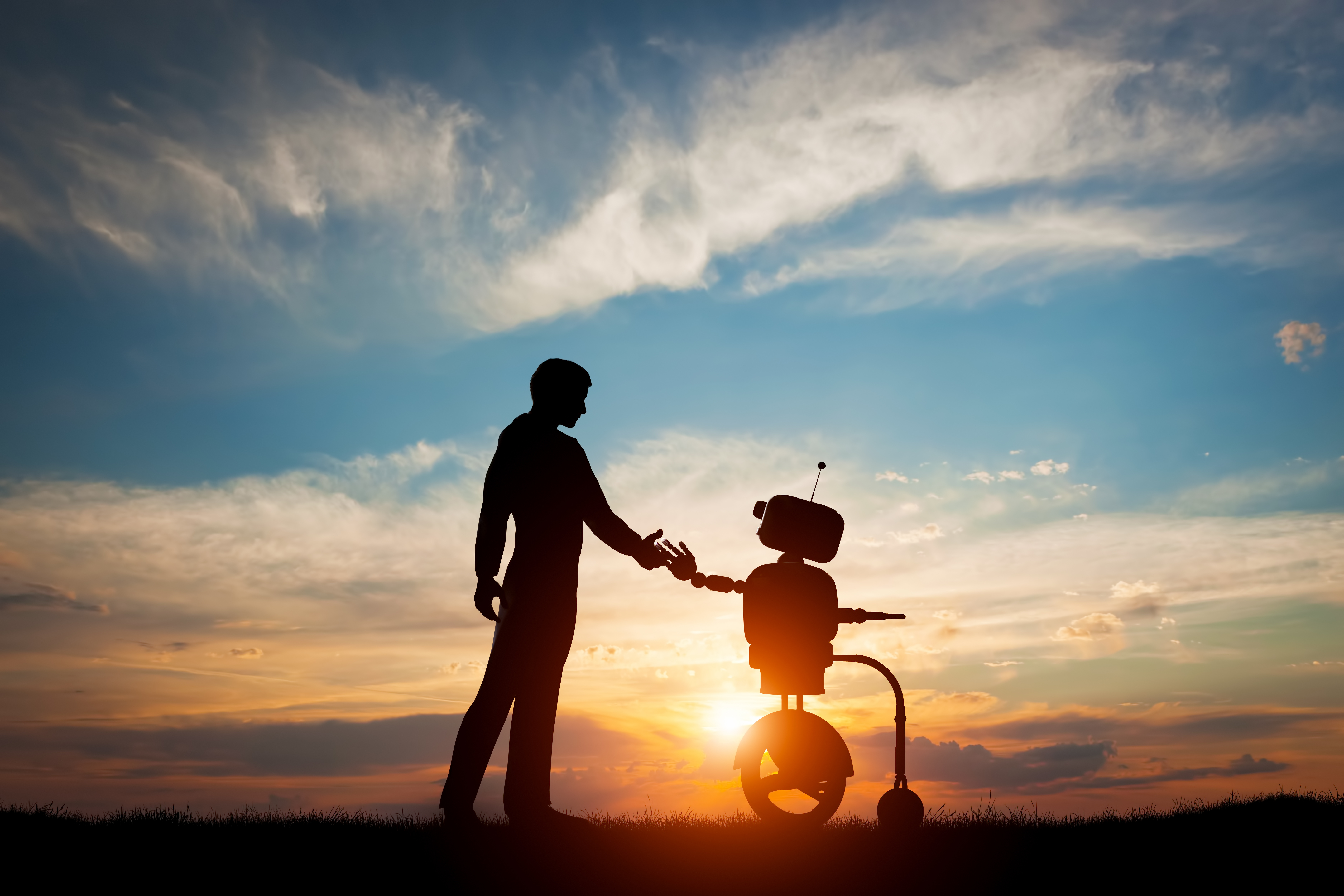Me
I’m not really a digital native. I am 30 something and the biggest part of my childhood consisted of climbing trees, throwing rocks at each other, running through the fields and occasionally cutting my hand trying to make a bow and arrow. I am part of a generation that saw the rise of the machine called ‘the Internet’ first hand. So it’s not without a great deal of nostalgia that I think back to the sound the telephone line made when trying to connect to the World Wide Web for the first time.
A new phenomenon occurred in our household. We had generations of siblings shouting at each other to get off the phone so we could connect to the Internet to look at pictures of cats, chatting with friends through mIRC, play the first multiplayer games and other stuff. Needless to say, there were some falling outs but our family bonds were strong enough to survive the first coming.

Myself
I remember bursting out laughing when trolling my friends or strangers on mIRC pretending to be someone else, sheer amazement when word-art effects appeared on my screen for the first time and pixel fun when using paint to add special effects to pictures of mom or dad (or my brother) *evil grin*. Not to mention the many pinball games and the well-known card game Patience or Solitaire I used to play. Come to think of it, I would like my next Windows update to add remakes of these games. Just for the fun of it.
However, the thing I remember the most is not playing games or looking at funny cat pictures all day long. It was ‘asking Jeeves’ unanswerable questions such as “What is the meaning of life.” or “Did Tony Soprano really die?”. Some of you will remember Jeeves while others are probably wondering what on earth I am talking about. A very ironic spoiler alert – think about it – Google it!
(A)I
Which brings me to artificial intelligence or AI in short. All of the examples mentioned above are in some way or another part of AI. Asking questions to get answers and tapping on your keyboard to chat with others or to play games are basically processes of input and output. It’s providing A and getting B in return. Since you’re reading this blog you probably already heard of other buzzwords such as machine learning, data science, deep learning, big data, and neural networks. All of these can be categorized under artificial intelligence.

We keep hearing about the rise of AI for everyone and how it will add value to businesses and education in the future. A more precise way of putting this would be the rise of Artificial Narrow Intelligence and how it will affect the aforementioned topics.
There are two types of artificial intelligence, we have artificial narrow intelligence and artificial general intelligence. The former are one-trick ponies who do one thing extremely well, provided you give the right input. The most basic example is asking the right question in a search engine so the artificial (narrow) intelligence can give you the right answer. The latter is a totally different concept, which is to build artificial intelligence that can do anything a human can do and more.
There is a lot of progress being made in artificial narrow intelligence but almost no progress in artificial general intelligence. So don’t worry, the terminator won’t show up anytime soon.
But how does this relate to education?
In fact, most of us are already using one form or another of artificial intelligence without actually knowing it, also in education and training. Using voice assistants and other allies to search online during training, using spelling software and reading assistance or even advanced facial recognition for attendance tracking is becoming more and more mainstream, also in general education.
From our end, we focus more on the business spectrum where we are seeing a rise of Netflix-like (AI driven) recommendations embedded in learning experience platforms (LXP) and learning management systems (LMS) to cater the individual training needs in businesses. Using AI can help a trainer or teacher to provide added value for their students, before, during and after the educational session, it can automate some administrative tasks like grading or evaluating essays and can provide cognitive insights and learning analytics into complex data.
Here at The Learning Hub, we keep track of all these changes whether it be the impact of artificial intelligence, the development of new, exciting learning platforms or all the different ways technology is influencing the education industry.
Interested in more? Give us a call!
